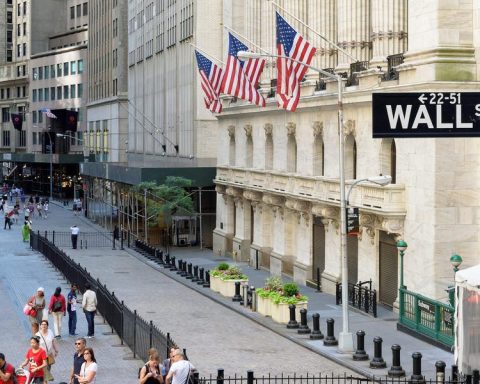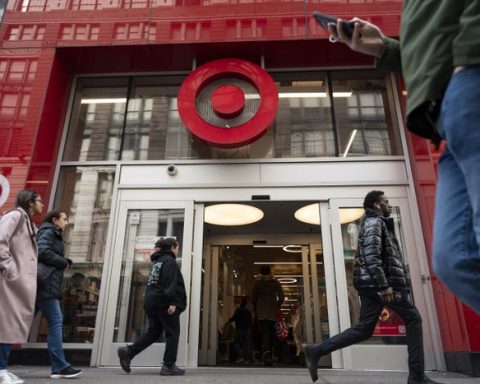President Donald Trump’s recent tariffs and a significant sell-off in stocks have sparked fears of an economic downturn in 2025. However, one bank asserts that the US may not be heading for a recession this year after all. On Tuesday, Wells Fargo strategists highlighted several promising indicators suggesting the US economy could avoid a downturn amid growing concerns on Wall Street during the ongoing market turbulence.
The bank acknowledged that it has adjusted its expectations for US GDP growth this year downward, yet emphasized that the underlying economic data remains robust. They suggested that some of the economic weakness observed could be interpreted as “payback” due to the strong performance in 2024.
“Key economic supports remain intact, in our view, and can limit the slowdown. We anticipate a moderate recovery in growth during the second half of the year,” the strategists wrote.
Here are four factors that provide a beacon of hope amid rising uncertainty:
- Steady income growth, even after inflation
Consumer spending has shown signs of slowing down recently, yet Americans reducing their spending are buoyed by increasing income. Adjusted for inflation, disposable personal income has consistently grown over recent years, hitting a record high in the fourth quarter of 2024, according to Federal Reserve data.
Job growth also remains strong, with the economy adding an anticipated 228,000 payrolls last month, while the unemployment rate stayed near historical lows. The robust job market helps to “cushion” consumer purchasing power, as noted by the bank. - Increase in household wealth
Even as stocks faced correction territory last week—driving the S&P 500 and Nasdaq-100 into bear market status—household wealth remained elevated. US household net worth reached a record $160 trillion in the fourth quarter of last year, providing Americans, particularly those with higher incomes, some financial leeway. “Past windfall gains in stocks and other financial assets are enough to sustain spending among upper-income groups, especially as pent-up demand builds in the coming warmer months,” the strategists from Wells Fargo indicated. - Decline in long-term interest rates
Borrowing costs have decreased recently, which is favorable for US consumers. The yield on the 10-year US Treasury bond dipped to its lowest point since October last week during the market sell-off. Additionally, mortgage rates have also fallen, with the average 30-year fixed rate declining to 6.6% over the past week, down from a high of 7.79% in 2023. “Recent reductions in long-term interest rates have already contributed to stabilizing credit-sensitive sectors such as housing,” the bank stated. - Financial markets retain liquidity
While there is less money circulating in financial markets than before the sell-off, liquidity levels are still “more supportive” compared to those seen ahead of previous recessions, according to Wells Fargo. “Specifically, bank reserves are plentiful,” the strategists noted, adding that credit spreads, which show the perceived risk of holding corporate debt relative to a benchmark, remain “well shy” of levels that typically signify financial stress.
Despite these factors, market sentiments are lukewarm regarding the 2025 outlook, with many investors feeling cautious following the recent volatility. In the latest AAII Investor Sentiment Survey, 61% of respondents expressed a bearish outlook on stocks for the next six months. Other financial institutions, like Goldman Sachs and JPMorgan, have recently increased their recession forecasts, attributing this concern primarily to Trump’s trade war.













